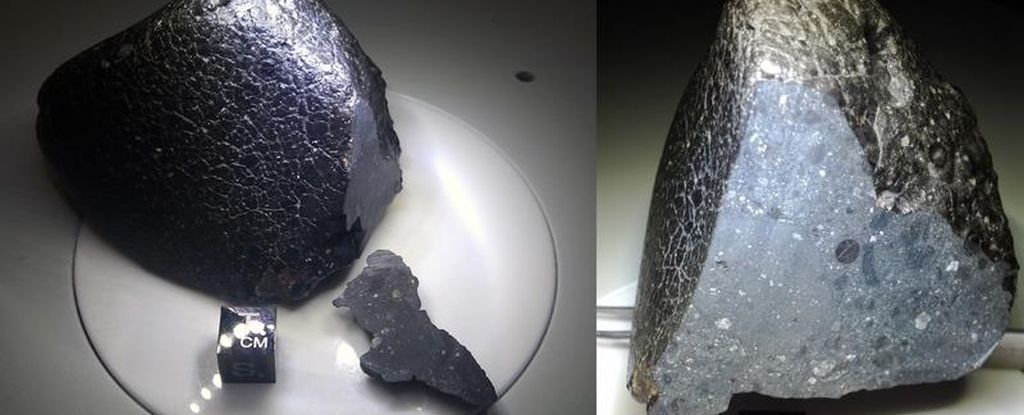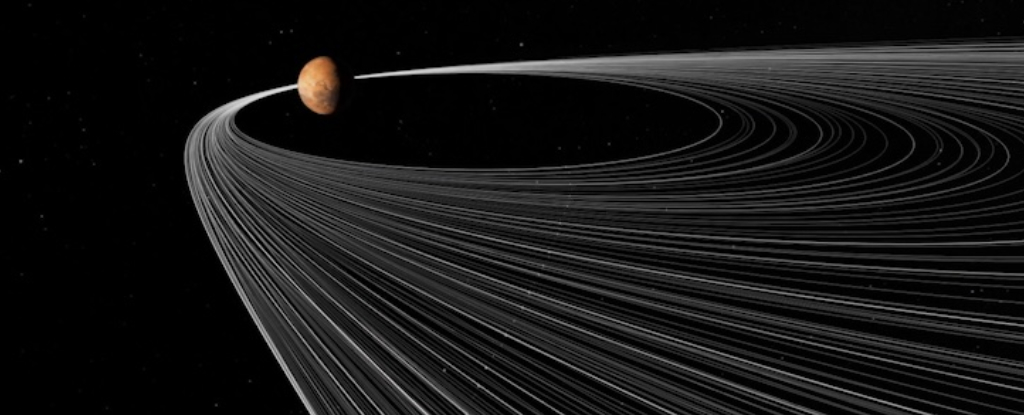ARTICLE AD
In the span of your life, you’ve probably had a dream where you’re flying. But have you ever dreamed about swimming underwater? Off the coast of Australia? And you’re also a sea lion? Just me?
Well, it feels quite like a flying dream, only now you don’t have to dream to experience it. A team of researchers used “sea lion-borne video” to map out the endangered species’ habitat off the coast of south Australia. Their research (and footage) is published today in Frontiers of Marine Science.
In the videos and images captured from the backs of the sea lions (Neophoca cinerea), the viewer is treated to six habits between 16.33 feet (5 meters) and 361 feet (110 meters) off the Australian coast. The habits are as follows: macroalgae reef, macroalgae meadow, bare sand, sponge/sand, invertebrate reef, and invertebrate boulder habitats. These habitats range from underwater forests of algae and barren sandy floors to complex communities on reefs and boulders, teeming with diverse marine life.
“Using animal-borne video and movement data from a benthic predator is a really effective way of mapping diverse benthic habitats across large areas of the seabed,” said study lead author Nathan Angelakis, a researcher at The University of Adelaide and the South Australian Research and Development Institute, in a Frontiers release. “These data are useful both for mapping critical habitats for an endangered species such as the Australian sea lion, and more broadly, for mapping unexplored areas of the seabed.” Benthic habitats refer to “anything associated with or occurring on the bottom of a body of water,” according to the National Ocean Service.
The research team used approximately 89 hours of footage to model the habitats on the continental shelf of South Australia near Kangaroo Island. The models predicted large habitat areas in the regions off the coast. The models were also fed oceanographic data from 21 years of observations and measurements taken by different teams, giving a fuller picture of the environments off the coast.
Strapping cameras to marine mammals is not a new idea, but the recent research demonstrates how it can be used with conservation in mind. In 2022, a team of researchers used dolphins affiliated with the U.S. Navy (yes, you read that correctly) to capture video footage off the coast of California.
The recent team also strapped satellite-linked GPS loggers to the sea lions, allowing the researchers to track the animals’ positions in real time. A similar course of action was taken by a team of researchers that investigated elephant seal sleep patterns in 2023; recording the positions and speeds of the animals allow researchers to track them even when they are deep in the ocean.
Australian sea lion populations have declined by more than 60% over the last four decades, according to a 2021 paper. The new videos from the animals’ backs thus serves two purposes: giving researchers new data on the marine environment off the coasts, but also mapping the habitats used by the species so that they might be conserved.

 3 months ago
24
3 months ago
24 

